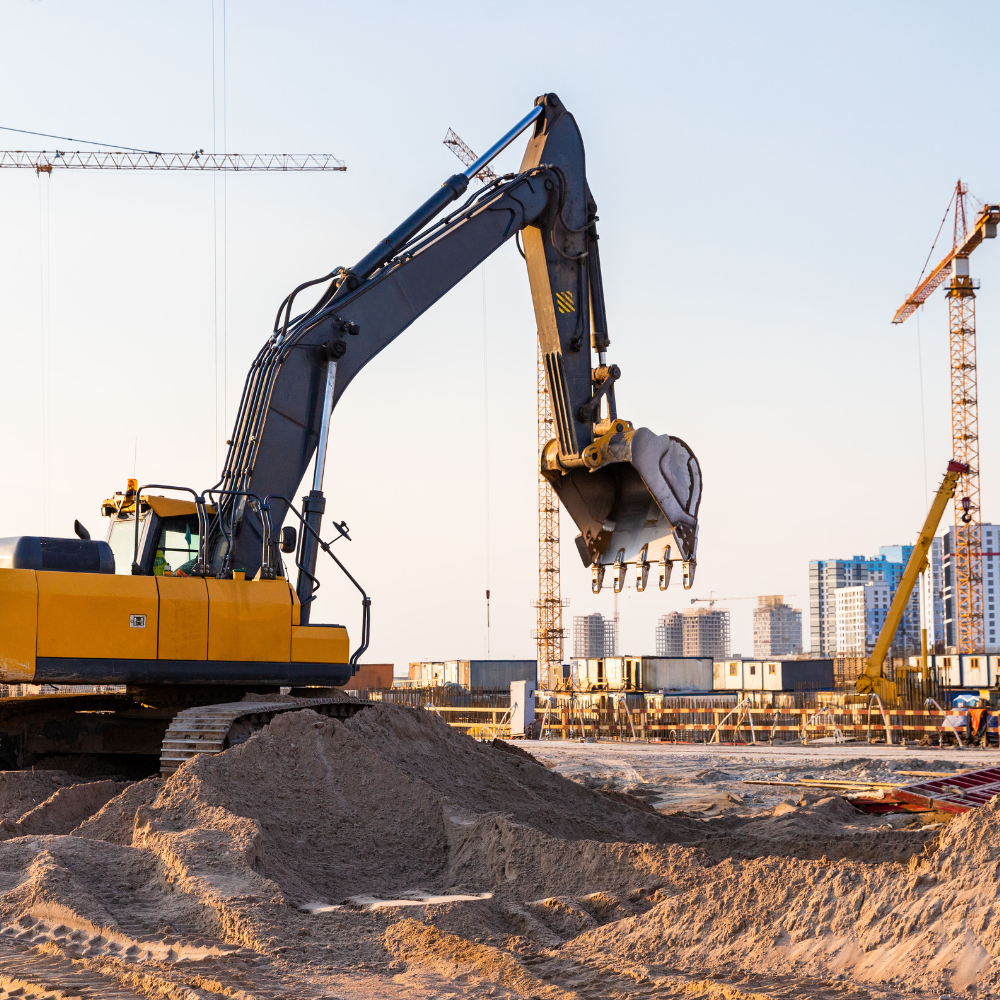
Building Abuse: What the Law Says
Condividi sui social
Construction crime: what the law says, what sanctions are foreseen and how to regularize
What is illegal building according to Italian law?
Building abuse It occurs when a person carries out building works without a building permit , in non-conformity with respect to the qualification title issued, or in violation of urban planning or building regulations . The reference regulation is the Presidential Decree 6 June 2001 , n. 380 , also known as Consolidated Building Law , applicable throughout the national territory, except for special features introduced by regional laws.
Types of building abuse
The legislator distinguishes three main types of abuse:
-
Works carried out without a permit (total absence of building permit).
-
Works created in partial non-conformity from the approved project.
-
Works in essential non-conformity , i.e. substantial modifications that alter the intended use, volume or shape of the building.
Sanctions for building abuse: administrative and criminal
1. Administrative sanctions
Penalties vary depending on the severity of the abuse:
-
Demolition order ( art. 31 DPR 380/2001) in the event of totally abusive or essentially non-compliant interventions.
-
Alternative pecuniary sanction in case demolition is not possible for technical reasons: the amount varies from a minimum of 516 euros to double the production cost.
-
Acquisition of the property into municipal assets in case of failure to comply with the demolition order within 90 days of notification.
2. Criminal sanctions
Article 44 of the Consolidated Law provides that anyone who carries out building works without a permit or in significant non-conformity is punished with:
-
Arrest up to two years .
-
Fine up to 10,329 euros .
Aggravating circumstances are foreseen in cases where the works are carried out in areas subject to landscape, seismic or environmental constraints .
Building Abuse: What the Law Says
How to regularize building violations: amnesty and pardon
Ordinary building amnesty
It is regulated by article 36 of Presidential Decree 380/2001 and allows the regularization of building works provided that the principle of double conformity , that is:
-
Compliance with the urban planning regulations in force at the time of the realization of the work.
-
Regulatory compliance current .
The application must be submitted to the competent Municipality, attaching technical documentation, and involves the payment of a fine equal to the construction fee.
Sanatorium for non-compliant SCIA
Article 37 regulates cases in which the intervention was carried out in the absence or in non-compliance with SCIA (Certified Notification of Commencement of Activity). Here too, double conformity is required.
Building amnesty: what has changed?
The building amnesty is one extraordinary tool , today no longer active , provided for by three special laws:
It is not possible to submit new requests for amnesty today, but many proceedings relating to requests submitted in the past remain ongoing.
Building Abuse: What the Law Says
Special and non-curable cases
1. Properties subject to landscape or historical constraints
In the presence of constraints pursuant to the Cultural Heritage and Landscape Code (Legislative Decree 42/2004) , the possibility of remediation is severely limited. Landscape authorization is required, and in many cases the restoration of the original state is envisaged.
2. Seismic zones
The interventions in seismic zones require a specific authorization process. Failure to comply with Articles 93 and 94 of Presidential Decree 380/2001 entails serious criminal consequences and the nullity of the title.
3. State-owned areas or areas subject to hydrogeological constraints
Abuses on public land (for example, coastlines or riverbeds) may constitute the crime of illegal occupation of public land and are subject to forced demolition and environmental restoration .
Impact on the purchase and sale of real estate
A property with unregistered building violations cannot be sold validly . The notary has the obligation to verify the urban planning and cadastral compliance of the property. Otherwise, the deed of sale can be declared null (art. 46 DPR 380/2001).
Conclusions: how to behave in case of building abuse
Building abuse is not just a formal problem: it can lead to serious economic, legal and patrimonial consequences . For this reason:
-
Always check for the presence of Qualifying titles before purchasing a property or starting a renovation.
-
Contact a technician or a lawyer expert in urban planning law for evaluate the curability of a work.
-
Act promptly for avoid sanctions or to recover the full regularity of the asset.
Do you have doubts about an irregular building situation? Contact us for personalized legal advice.